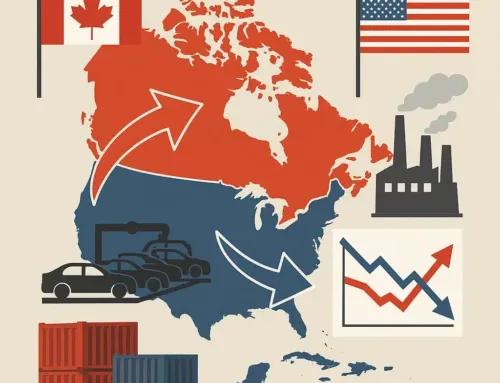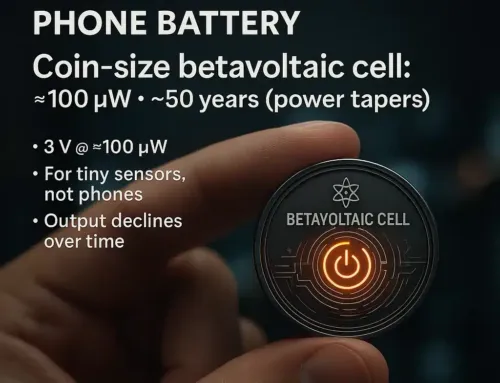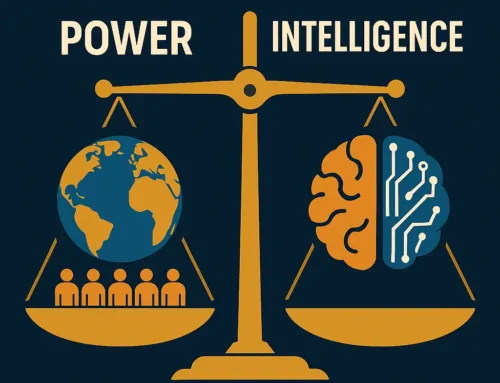
Approx. read time: 3.1 min.
Post: Materials Science Revolutionized by AI: DeepMind’s GNoME and Autonomous Laboratories
Expanding Frontiers of Material Science with AI
Artificial Intelligence (AI) is revolutionizing materials science, and DeepMind, a Google subsidiary, has made a groundbreaking contribution with its deep learning model GNoME (Graph Networks for Materials Exploration). This powerful model has predicted almost 2 million new inorganic crystal compositions, of which approximately 380,000 are expected to be thermodynamically stable if synthesized. This quantum leap in material discoveries signals major advances in industries dependent on cutting-edge materials.
These breakthroughs are equivalent to 800 years of traditional research. Technologies that could emerge from this include advanced batteries and superconductors. The rapid progress driven by AI systems like GNoME promises to transform industries that rely heavily on novel materials.
Accelerating Material Discovery with AI
Traditionally, discovering new materials is a time-consuming and labor-intensive process. Researchers begin with known crystalline structures, modifying them through trial and error, a method that can take months or even years without guaranteed success. This becomes even more challenging when searching for materials with superior stability and performance characteristics, crucial for technologies like solar panels, computer chips, and batteries.
GNoME changes the game by predicting previously unknown inorganic crystal structures with unprecedented speed and accuracy. The system uses two key pipelines:
1. Structural Pipeline
This pipeline uses existing crystal structure data, optimizing it to predict new materials.
2. Compositional Pipeline
This pipeline generates random distributions of atoms within compositions to explore completely new material configurations.
GNoME also assesses material stability using density functional theory (DFT), a standard in computational physics and chemistry. The AI continuously improves its predictive algorithms by learning from both successful and unsuccessful predictions, creating a rapid iterative learning loop that enables it to form and test hypotheses much faster than human researchers can.
The Advent of Fully Automated Laboratories
While GNoME’s predictions are valuable, most new materials have yet to be synthesized and experimentally verified. To bridge this gap, scientists at Lawrence Berkeley National Laboratory developed autonomous robotic laboratories, such as the A-Lab. These fully automated systems can conduct experiments independently, from placing elements and producing samples to evaluating outcomes—all guided by AI algorithms.
A-Lab Success Story
In one test, the A-Lab achieved a 71% success rate, synthesizing 41 out of 58 materials predicted by GNoME in just 17 days. This demonstrates the powerful synergy between AI-driven predictions and robotic automation in accelerating materials discovery.
Implications for the Future of Materials Science
The integration of AI models like GNoME with autonomous laboratories represents a major shift in how materials science research is conducted. This approach not only speeds up material discovery but also enhances the ability to validate and optimize new materials quickly.
Potential Applications:
- Efficient batteries
- Improved solar cells
- Breakthroughs in superconductivity
As AI continues to evolve and merge with robotics, the idea of fully automated laboratories working in tandem with intelligent models becomes more realistic. These advancements could revolutionize the materials science landscape, leading to faster innovation cycles and transformative technologies that benefit society as a whole.
AI is undoubtedly reshaping materials science. DeepMind’s GNoME and autonomous laboratories like the A-Lab demonstrate how AI and robotics can collaborate to accelerate the discovery and synthesis of new materials. This synergy holds the potential to revolutionize industries that rely on advanced materials, driving technological progress at an unprecedented rate.
Related Videos:
Related Posts:
Civil Engineering: The Backbone of Modern Society
Embracing Inner Peace: The Importance of Personal Spirituality in My Life
Decoding Technical Drawing Symbols: A Cross-Disciplinary Guide for Engineers and Designers
Unveiling the Espionage: The Termination of Two Scientists at Canada’s Top Lab









